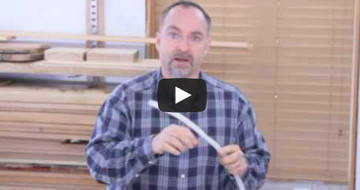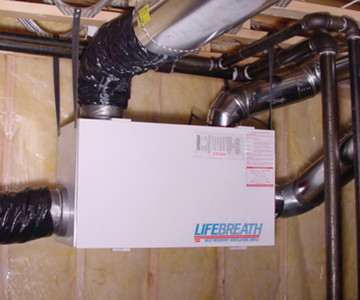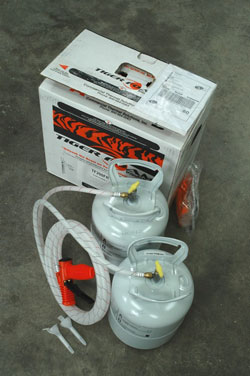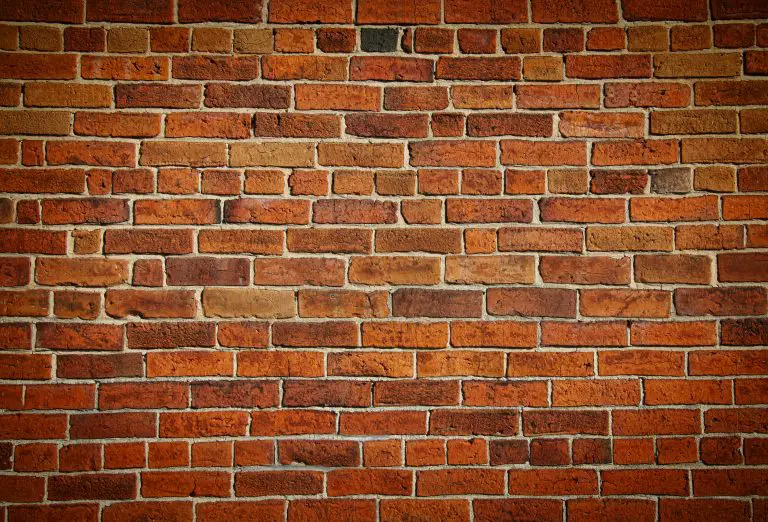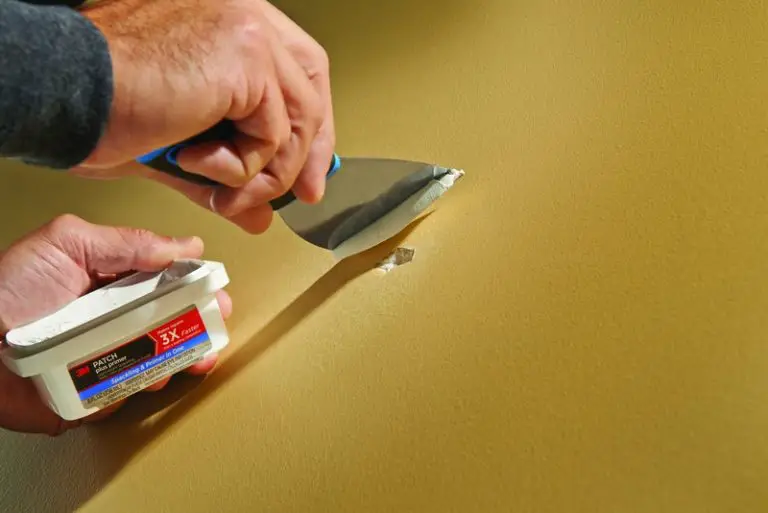
Structural insulated panels are a foam and wood sandwich that takes the place of a wood frame, and SIP buildings use roughly half the energy required for heating and cooling than the same stick-frame, fibre-insulated building would consume. This is true even when R values of the two insulation systems are the same. This is hard to believe until you realize something that’s rarely understood. R values only measure energy loss by conduction, while energy is also lost in buildings by convection and radiation. R value ratings make no comment on this reality. That’s why R40 worth of foam insulation is much more effective than R40 worth of batt or fibre insulation. That’s not all. The convective heat loss that causes fibre-based insulations to under-perform foam also makes the effective R value of fibre decline in response to drops in temperature. The greater the difference between outdoor and indoor temperatures, the worse fibre insulation performs. According to an insulation study published by the Roof Research Center at the Oak Ridge National Laboratory (ORNL), in Oak Ridge, Tennessee “ …the thermal resistance of loose-fill fiberglass insulation was found to decrease by a factor of two as the climate chamber temperature was lowered from 7ºC to -28ºC. The variation of thermal resistance follows the same trends as seen in previously published results.”
I’ve built and monitored both stick-frame buildings and foam-based buildings and I’ll never build without foam again. The performance difference is astonishing. In your case, if you built the roof with SIPs panels, you’d also automatically gain a completely climate controlled area immediately underneath the roof. I know from experience that trying to achieve this same thing using trusses or rafters is a complicated and much less effective process.







